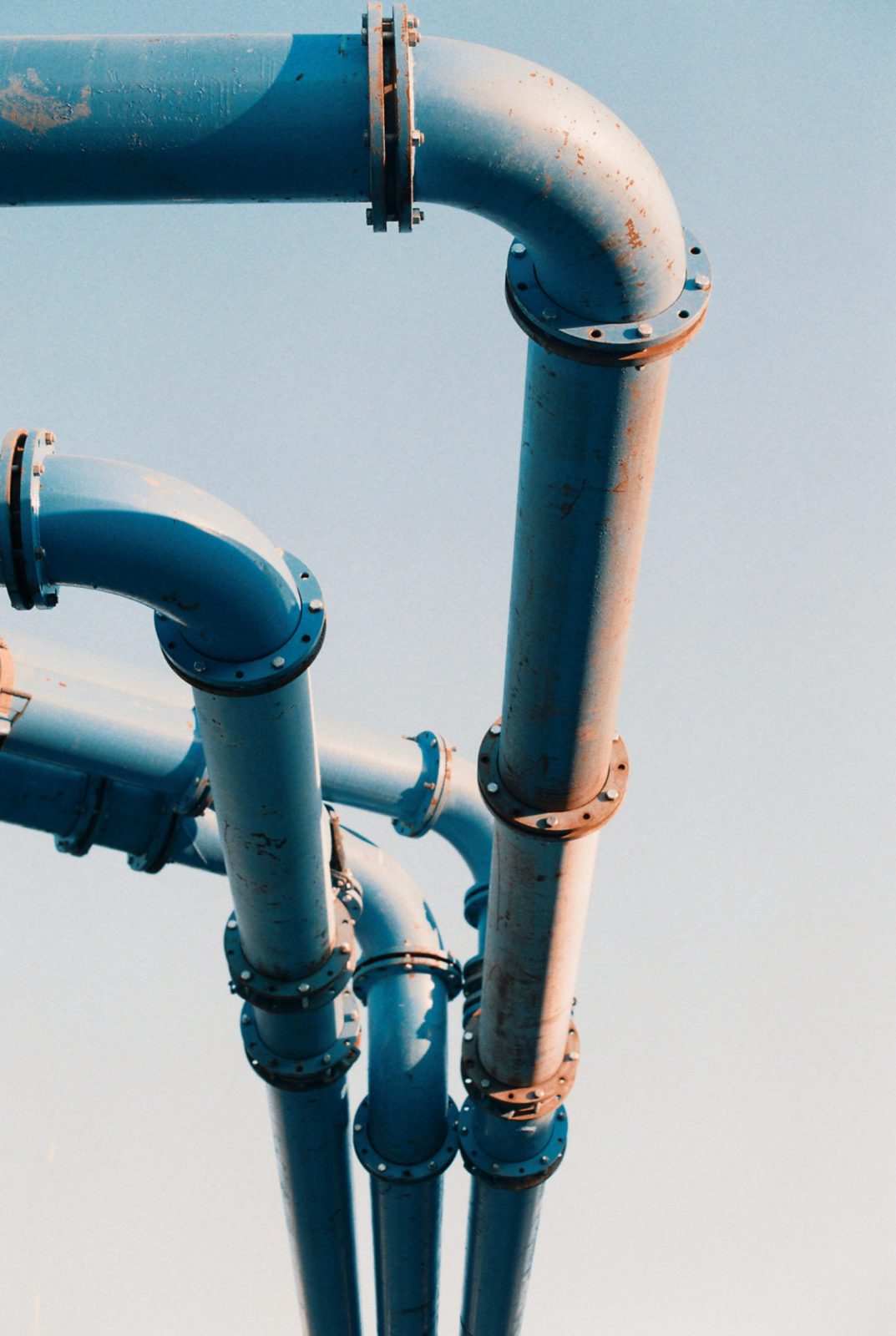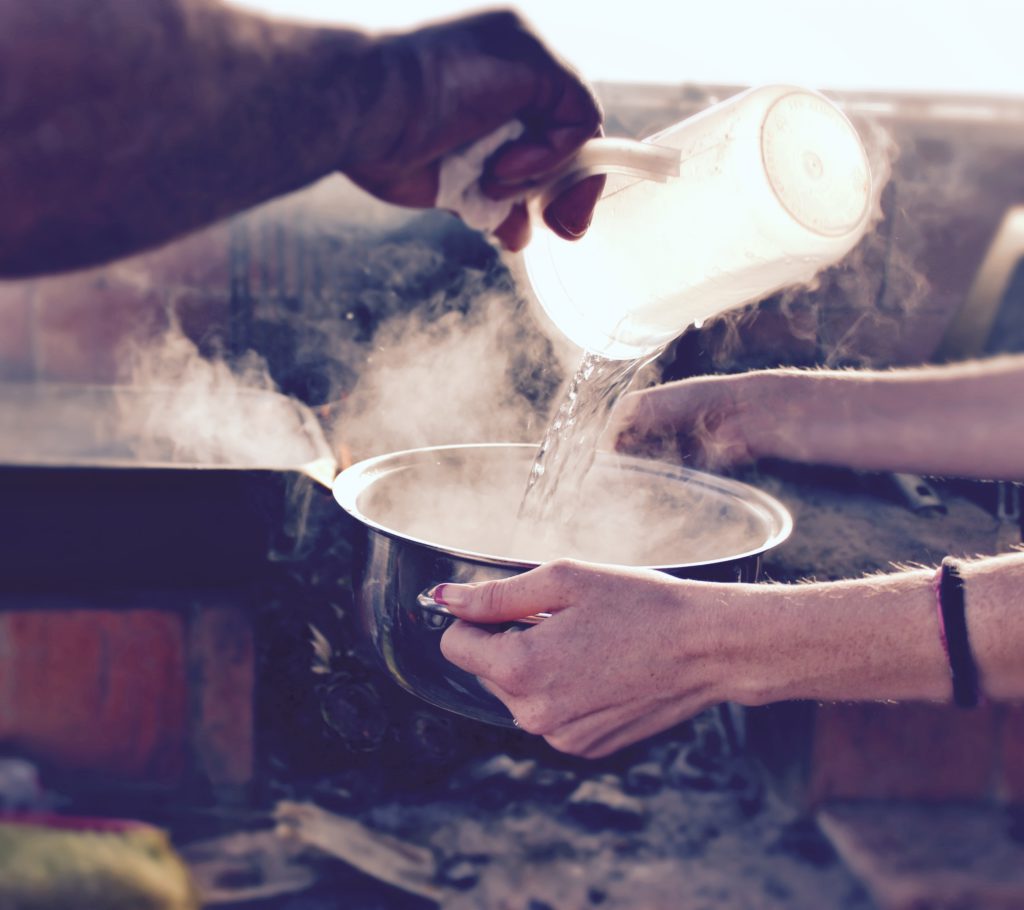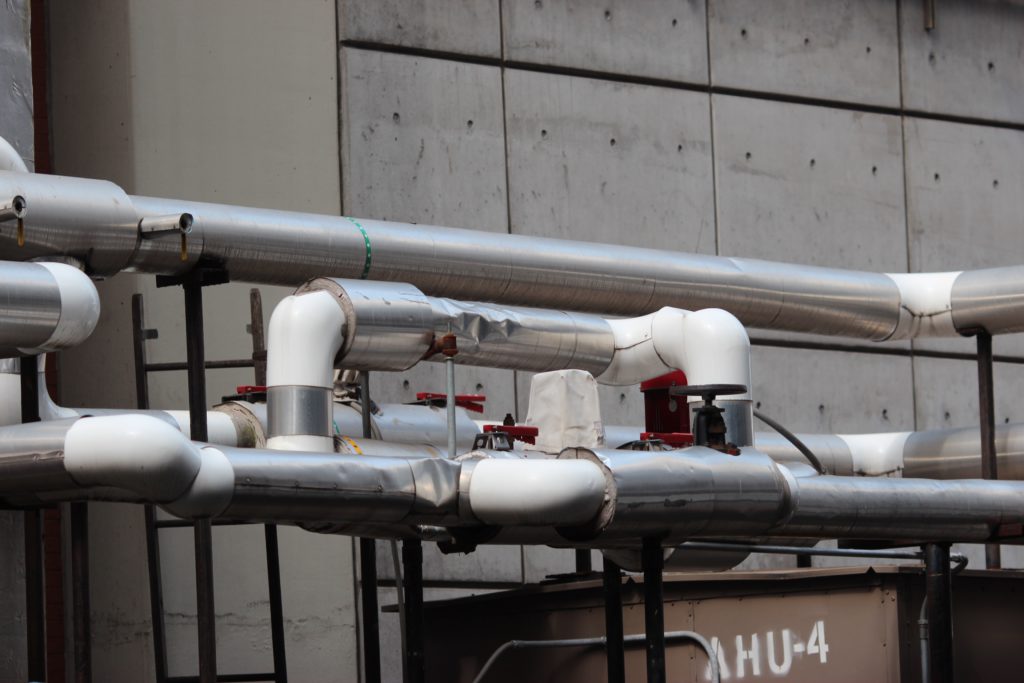What Pressure Is Involved In Driving Fluid Through Pipes And Fittings?
Pressure is force acted per unit area
Pressure in a pipeline may be due to pumping, vaporization, compression, etc. The fluid should travel the entire pipeline without losing its pressure otherwise we need to spend extra for pumping the fluid to compromise for the loss in pressure.
Why Is Pressure Lost Through Pipes?
The reason is due to friction, wake formation, separation of the boundary layer by fittings, pipe roughness, etc. In order for the pump to work efficiently, the pump will be designed to accommodate any extra pressure that is required.
Pressure drop due to unseparated boundary layers (Skin friction) can be calculated by the following classical formula,
- Colebrook equation (1938)
- Swamee and Jain equation (1976)
- Haaland equation. (1983)

Hassan graduated with a Master’s degree in Chemical Engineering from the University of Chester (UK). He currently works as a design engineering consultant for one of the largest engineering firms in the world along with being an associate member of the Institute of Chemical Engineers (IChemE).



